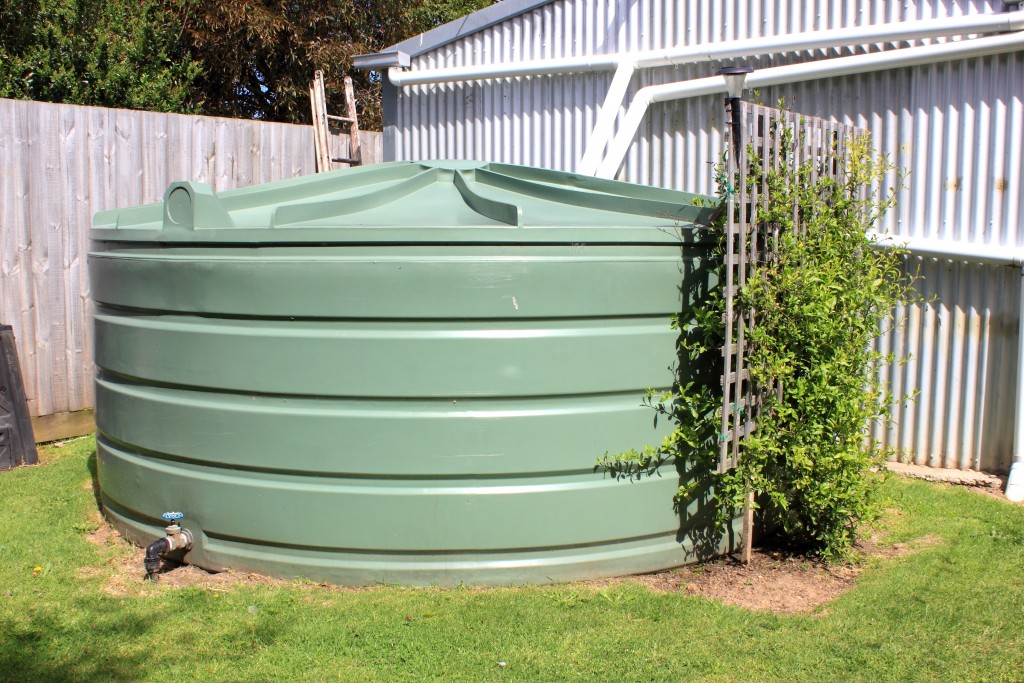A liquid storing tank is essential, not just for storing water, but there are also necessary liquids for the home and business. The same issues apply, though, no matter what you will store. The main idea is to keep the liquids safely in place, on a stable foundation, and without any leaks or spills. If the storage tank will be placed outdoors, it must be able to withstand the elements and all weather conditions.
It may sound very basic, but there are safety and functional standards, as the personnel in charge of API 653 inspection services would tell you. Read on to learn the best practices in the installation and maintenance of an outdoor liquid storage tank.
Best Practices
The main issue when your storage tank is located outdoors is the possible storm contamination. During a storm, the tank is bombarded with force and rainwater. If your tank is not strong enough, the storm could force its way in.
Whether your tank contains chemicals or pure water, it is not meant to be contaminated. Aside from the tank, there are also other attached structures that you need to maintain. These best practices would be helpful.
Drums and containers should be placed on pallets, or a dedicated stand-like structure so that the container will not come into contact with storm or rainwater.

All the materials should be stored in their dedicated containers or those that are approved to store those materials. This is especially true for chemicals. It is important to make sure that all of the containers are properly covered and sealed. Even the empty containers should be kept indoors or covered from the sun before being taken out of the site.
For containers which contain chemicals or toxic materials, it is very important that there would be complete and visible information provided, including their contents, possible hazards, and what to do if the product spills.
There should be first aid procedures in case of exposure. Other information like the manufacturer’s name and address, and the appropriate storage requirements. Keep as many copies of this information as possible and place them on easily noticeable places.
Chemicals on outdoor storage should be kept to the minimum volume required. These are also subject to factors such as release potential, storage capacity, chemical shelf life, and usage. For the spill response equipment and materials, there should be an adequate supply near the tank or other parts of the piping where there could be spills or leaks. These supplies must be placed in visible and accessible locations.
There should be adequate signs about the presence of chemicals in all areas where they are stored and even where they pass. Information on the signs should contain the materials stored, emergency contacts, and the things to do when there’s a spill or leak.
Regulations and standards are created for the long-term safety and functionality of any liquid storage tank. Compliance should not be considered an added cost or inconvenience, and best practices are suggested to ensure that no accidents would take place.
